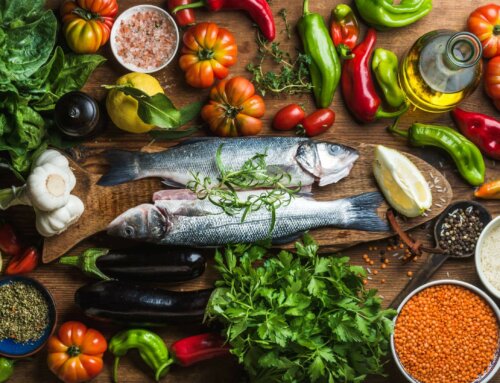Everyone is speaking green and the terminology can be difficult to understand, especially if you have diabetes and want to make healthy food choices. Certain words can be tricky, such as natural, organic, naturally derived and sustainable. Find out what they really mean and how that can impact your overall well-being.
- People with diabetes should eat whole foods with as few additives as possible. Reading food labels can help consumers with diabetes to avoid foods that contain added sugar, fat, trans-fats and salt. Assuming a food is a good choice because it is labeled natural, organic, naturally derived and/or sustainable can lead to trouble. There are no magical words to look for or substitutes for doing your own research about what you should eat.
- There is no formal definition of “natural,” from either the United States Department of Agriculture (USDA) or the Food and Drug Administration (FDA). Food producers can use this word, as long as nothing synthetic or artificial has been added that would not normally be expected to be in the item. In other words, almost anything could be found in foods that are labeled natural. Foods that are marketed as natural can contain artificial ingredients, high fructose corn syrup, genetically engineered additives, pesticides, artificial hormones, antibiotics, synthetic preservatives and more. While some natural foods can be healthy, the term is little more than a way to entice consumers to buy certain products. Dig deeper to get the real facts about food.
- While the use of the term natural is not governed, there are federal regulations that define the word organic. The USDA clearly defines the set of farming and production practices used to designate foods as organic. Organic foods are made without using toxic pesticides, antibiotics, irradiation, sewage sludge or genetically modified organisms (GMOs). Meats that contain the “USDA Organic” seal mean the animals were treated according to certain standards such as not being in unsanitary overcrowded facilities. But even the use of the word organic may get confusing. If a product is marked as 100% organic, it contains all organic ingredients. If a product is made with organic ingredients it has only 70% organic ingredients. If a product has less than 70% organic ingredients the term can only be used on the side panel to describe certain ingredients used in the product.
- One of the most misleading terms found on food products is naturally derived. This is little more than a marketing ploy to capitalize on people’s desire to eat more natural foods. A food that is labeled as naturally occurring is delivered in a natural form. Foods that are naturally derived mean some ingredients from nature have been used to create artificial ones. They can be concentrated or biochemically altered. Naturally derived products are not natural and simply come from natural elements that are artificially created.
- Sustainable food products are made to avoid adverse impacts on the environment. The goals are to keep the environment safe and produce food that is socially and economically conscious. Natural and human resources are used to improve working conditions and the way food is being produced. The word sustainable has been defined by the USDA in the “Farm Bill” of 1990. It is the integrated system of animal and plant production processes that make the most of natural resources and meet the need for healthy fiber and food in the USA. Methods to control pests are typically not harmful to humans or the land. This can help farmers and food industry producers to develop healthier foods.
Knowing the difference between natural, organic, naturally derived and sustainable foods can help you make better decisions. Diabetic foods are also a good choice when you are trying to keep your blood sugar in check. Read the labels, do your research and make wise selections based on the facts rather than fancy marketing terminology.







Leave A Comment